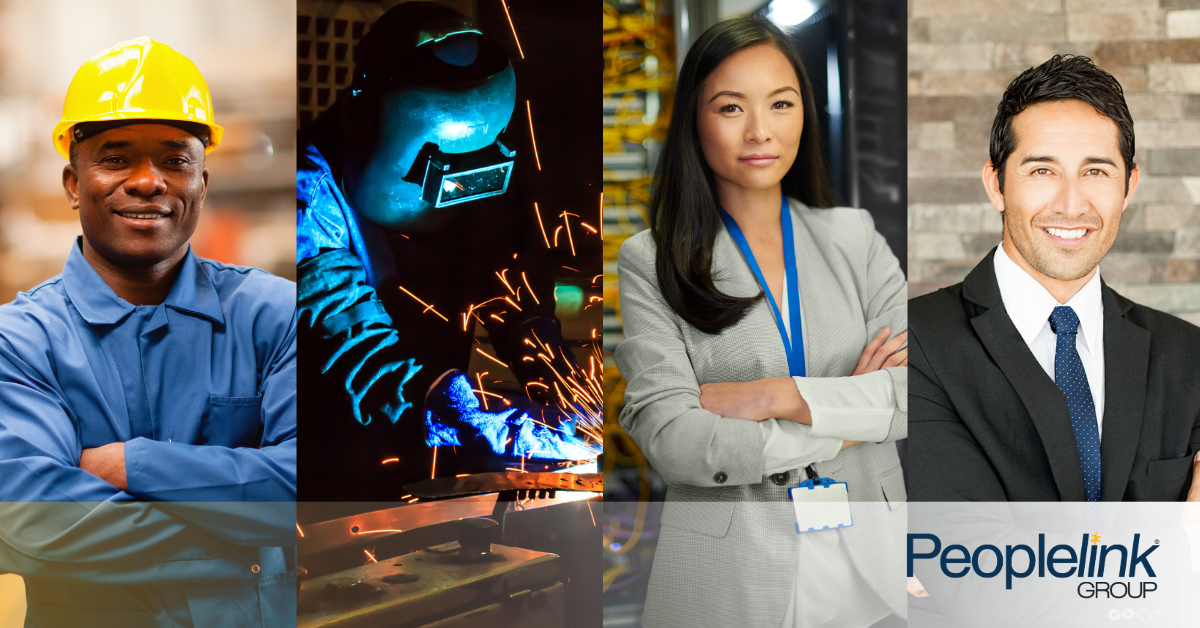Quiet quitting, silent vacationing, and fauxductivity are examples of just some of the newest workplace jargon. What do these words mean and why have they come to be? Let’s explore the new nefarious terms of today’s workplace, their toxic origin, and how we might go about putting them in our jargon rear view mirror.
Quiet Quitting
Quiet quitting refers to employees fulfilling only the duties and responsibilities listed in their job descriptions and declining to go above and beyond to benefit their employers. They may refuse new tasks or projects, decline to contribute to meetings, and avoid engaging in learning and development opportunities.
Quiet Vacationing
Quiet vacationing refers to going on a trip without telling management but being online just enough to give the appearance of working from home.
Fauxductivity
Fauxductivity is exactly what it sounds like, faking productivity. Whether this means employing a mouse jiggler or falsifying a timesheet, work is not getting done. According to a recent survey, almost four out of 10 C-suite executives and nearly the same percentage of managers acknowledged they pretended to work.
Revenge Bedtime Procrastination
Revenge bedtime procrastination refers to individuals deliberately delaying going to bed to gain some sense of control or freedom at the end of the day. This behavior often stems from feeling overwhelmed or lacking personal time during the day, leading to staying up late at night as a form of rebellion against the demands of one’s daily routine.
What’s Not Working
According to a 2024 study on workplace empathy, half of US workers report having experienced a mental health issue over the last year. Employees who say their workplace is toxic are 47% more likely to cite a mental health issue compared to those who do not cite a toxic workplace. What are the characteristics of a toxic workplace? A toxic workplace is an environment where unhealthy behaviors, poor communication, and detrimental dynamics negatively affect employees’ well-being, productivity, and overall workplace culture. Characteristics of a toxic workplace include lack of work-life balance, bullying, lack of or unclear communication, absence of recognition for accomplishments, employee burnout, and gaslighting or causing employees to doubt their own perception of situations.
Aspects of a toxic workplace have spurred the need for the latest workplace terminology. For example, lack of work life balance can lead to quiet vacationing. Why would anyone need to quiet vacation? Because they are not taking PTO. Eight in ten US workers do not take all their PTO which constitutes a lack of work-life balance. In a survey of more than 1,200 workers in the U.S. and Europe, about 33% of Americans said they feel guilty about taking time off compared to just 18% of Europeans. A recent report indicates those who work during their vacations are twice as likely to take a quiet vacation day.
Poor communication can create a lack of transparency around goals, expectations, and changes, thereby creating an untrustworthy environment. Trust in the workplace impacts employee engagement. Employees who feel management trusts them are more likely to strive to exceed expectations. A recent survey found trusted employees maintain better focus, higher productivity and are more satisfied with their jobs. Conversely, the same survey found one in four desk workers do not feel like they are trusted by leadership at work and report higher levels of anxiety as well as a lower sense of belonging.
Chronic stress caused by heavy workloads, poor leadership, or constant pressure to perform results in burnout. Employees in toxic environments often feel physically, mentally, and emotionally exhausted. Burnout reduces job performance and can lead to quiet quitting or fauxductivity.
How to Repair Work-Life Balance
Between equipment to dupe employers into thinking work is getting done, or at least a mouse is moving, and outright vacationing without telling anyone, there must be something better. How do we repair broken workplaces?
Encourage Time Off
Ask employees why they are not taking their time off and work to address the issues. A recent survey found multiple contributing factors for neglecting vacation including heavy workload, difficulty coordinating time off with coworkers, lack of support from management, and stigma around being out of the office. Leadership should model taking time off, encourage employees to vacation, and respect employees’ time when they are out of the office. Management may consider mandatory time off, use or lose time, a shorter work week and shutdowns to encourage time off. Companies must ensure sufficient staffing or cross-training, so individuals feel comfortable taking vacation without fearing chaos upon return.
Not only does extended time off improve work-life balance. Taking breaks is key to avoiding burnout. By allowing yourself time to recharge and relax, you come back to your work with a fresh perspective and renewed energy. Breaks are a wonderful way to reduce stress and increase productivity. Employers who prioritize breaks show their commitment to staff well-being.
Market Mental Health Benefits
Beyond encouraging time out of the office, market mental health benefits including training on recognizing signs of burnout and how to seek help. Offer resources like mindfulness workshops or counseling to address underlying stress and encourage healthy time management. In addition to formal workplace benefits, offering a support structure by showing empathy and creating a means of employee feedback/ability to voice concerns encourages a healthier workplace.
Redesign Roles
Employers may also consider job redesigns to restore or build a healthy workplace. Redesigning roles to focus on company goals can result in less errors, an increase in productivity and improvements in employee engagement. Reshaping roles is also linked to a reduction in turnover and better employee well-being, as it can eliminate redundant tasks, balance workloads, and improve job clarity and autonomy.
Recognize and Reward Employees
Acknowledge and compensate employees who go beyond their standard responsibilities, whether with raises, bonuses, or career development opportunities. Whether financial rewards or development opportunities, rewards and recognition play a crucial role in fostering a motivated and high-performing workforce. This approach not only encourages employees to take initiative but also strengthens employee engagement, boosts morale, and fosters a culture of continuous growth and achievement within the workplace.
Building Healthier Workplaces
The rise of terms like quiet vacationing, quiet quitting, fauxductivity, and revenge bedtime procrastination signal deep cracks in many workplace environments. These terms are less about employees being problematic and more about dysfunctional workplace systems. By addressing the root causes of these behaviors, whether it is overwork, lack of recognition, or poor prioritization—organizations can create healthier, more fulfilling environments where such jargon becomes obsolete.
Need to add to your workforce to support staff taking time off to recharge? Contact Peoplelink today for expert hiring help!










